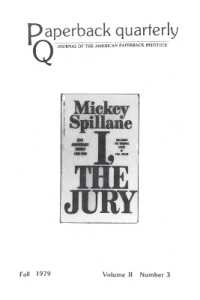- ホーム
- > 洋書
- > ドイツ書
- > Humanities, Arts & Music
- > History
- > regional history
Full Description
This book engages the way Christian, Jewish, Muslim and secular-progressivist actors used Mosaic and Islamic law and ethics in relation to slavery in American, West African and transatlantic history from 1440 to 1830. It focuses on how various groups marshalled these religious-legal traditions to respond to questions of enslavement, amelioration, emancipation and abolition in the face of ever-transforming social, religious-cultural, legal and political contexts over several centuries. The study offers a vital corrective to secularized histories of slavery by showing that sacred law was not peripheral but ever-central to the making—and unmaking—of American slavery, with legacies that reverberate through Reconstruction, segregation and modern civil rights debates.
Contents
1 Introduction: Historiographical Backgrounds, Contexts and Frameworks.- Part I: Laying the Foundations.- 2 The Early Historical and Theological Origins and Development of Mosaic and Islamic Law in West African, Transatlantic and American Enslavement History.- 3 Mosaic Law in the Transition from Indentured Servitude to Racialized Lifelong Hereditary Bondage for Black Africans, 1600-1710.- Part II: Mosaic and Islamic Slave Law Before and After the American Revolution.- 4 The Rise & Fall of Moses the Liberator Before and After the American Revolution, 1710-1830.- 5 Moses, Muhammad and Slavery among Jews and Muslims in Colonial and Early Independent America, 1654-1830.- 6 Moses, Muhammad and Slavery in the Thought & Writings of Key American Founders, 1750-1830.- 7 Concluding Reflections and Contributions of the Study.






